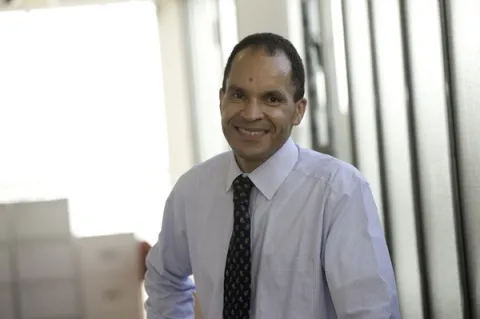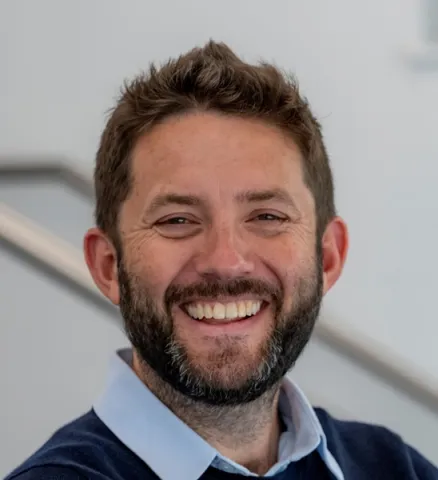Project overview
We are now living much longer than we used to. But an unfortunate consequence of this is that as we reach later life the chances that we can become ill or injured increase dramatically. One big problem that elderly people face is illness and injury associated with the bones and joints. Diseases like osteoporosis and arthritis cause pain, cause bone fractures and lead to immobility and distress to tens of thousands of people each year, costing the taxpayer tens of millions of pounds. So new treatments that enable the skeleton to heal better are urgently required.
we plan to design scaffolds and materials which can be implanted in the body and which contain millions of tiny hollow reservoirs of drugs or chemicals, called nanoparticles. Such nanoparticles have diameters of less than the width of a single human hair and we believe we can engineer them to have many qualities necessary for promoting the regeneration of tissue. To ensure the right chemicals are delivered to the right cells, we also plan to design particles that have markers on their surface that target them to a particular sort of cell - a bone cell for instance. We then plan to tether these chemical release packets to different types of biocompatible materials. We will next test how effective our 'smart' scaffolds are in delivering chemicals to the correct cells at the correct times, as well as seeing how well the scaffolds function in promoting bone healing. Ultimately, we want to do these experiments so that we can develop new treatments to prevent bone disease and improve bone healing in people. This project brings together an interdisciplinary team of engineers and biologists to try and achieve this goal.
we plan to design scaffolds and materials which can be implanted in the body and which contain millions of tiny hollow reservoirs of drugs or chemicals, called nanoparticles. Such nanoparticles have diameters of less than the width of a single human hair and we believe we can engineer them to have many qualities necessary for promoting the regeneration of tissue. To ensure the right chemicals are delivered to the right cells, we also plan to design particles that have markers on their surface that target them to a particular sort of cell - a bone cell for instance. We then plan to tether these chemical release packets to different types of biocompatible materials. We will next test how effective our 'smart' scaffolds are in delivering chemicals to the correct cells at the correct times, as well as seeing how well the scaffolds function in promoting bone healing. Ultimately, we want to do these experiments so that we can develop new treatments to prevent bone disease and improve bone healing in people. This project brings together an interdisciplinary team of engineers and biologists to try and achieve this goal.
Staff
Lead researchers
Other researchers
Research outputs
Gianluca Cidonio, Michael Glinka, Yang-Hee Kim, Jonathan I. Dawson & Richard O. C. Oreffo,
2021
Type: bookChapter
Janos M. Kanczler, Julia A. Wells & Richard O. C. Oreffo,
2020
Type: bookChapter
C. Black, J.M. Kanczler, M. C. de Andres, L.J. White, F.M. Savi, O. Bas, S. Saifzadeh, J. Henkel, A. Zannettino, S. Gronthos, M.A. Woodruff, D.W. Hutmacher & R.O.C. Oreffo,
2020, Biomaterials, 247
Type: article
Patricia Goggin, Elaine, Ming Li Ho, Helmut Gnaegi, Stuart Searle, Richard Oreffo & Philipp Schneider,
2020, Bone, 131
Type: review
Marta Pena Fernandez, Cameron Black, Jonathan Dawson, David Gibbs, Janos Kanczler, Richard O.C. Oreffo & Gianluca Tozzi,
2020, Materials, 13(1)
DOI: 10.3390/ma13010168
Type: article

